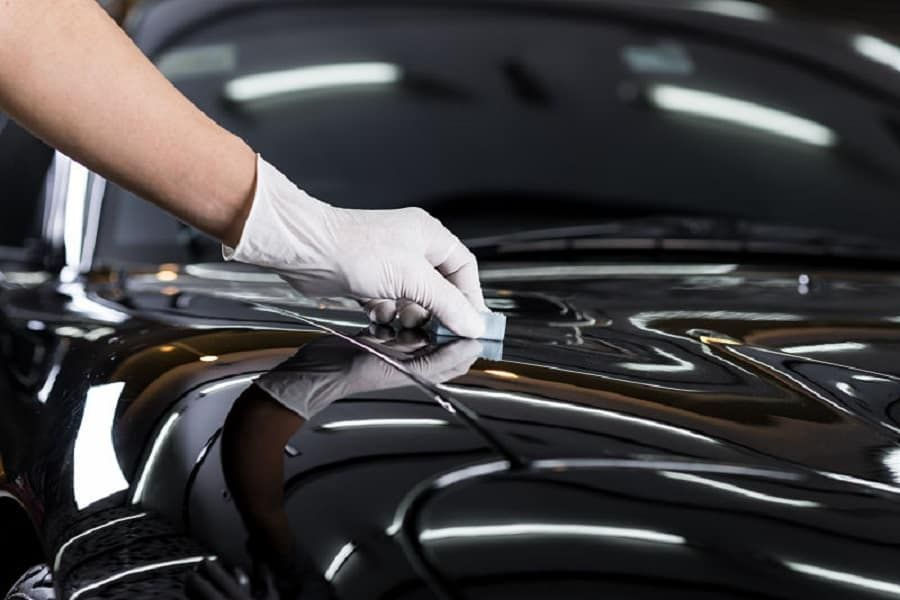The Science of Ceramic Coatings: How They Bond to Your Car’s Paint
- KeePer LABO
- Apr 3
- 3 min read
When it comes to protecting your car’s paint, ceramic coating Singapore has become a popular choice among car owners who want long-lasting shine and protection. But what exactly makes ceramic coatings so effective? The secret lies in their unique chemical structure and the way they bond with your car’s paint. Unlike traditional waxes or sealants that sit on the surface, ceramic coatings form a semi-permanent layer that enhances durability and resistance to environmental damage.

What Is a Ceramic Coating?
Ceramic coatings are liquid polymer solutions made primarily of silicon dioxide (SiO2) and titanium dioxide (TiO2). These compounds work together to create a strong protective layer over the car’s clear coat. Once applied, the coating chemically bonds with the surface, forming a rigid, hydrophobic layer that repels water, dirt, and contaminants.
The key difference between ceramic coatings and traditional car wax is longevity. While wax lasts only a few weeks before breaking down, a ceramic coating can last years with proper maintenance. This durability comes from the nanotechnology that allows the coating to bond at a molecular level, creating a shield against UV rays, oxidation, and even minor scratches.
How Does a Ceramic Coating Bond to Paint?
The bonding process is what makes ceramic coatings stand out. Unlike wax, which merely sticks to the surface, ceramic coatings undergo a chemical reaction that fuses them to the paint. Here’s how it happens:
Surface Preparation – Before applying the coating, the car’s paint must be thoroughly cleaned, decontaminated, and polished. Any dirt, oil, or residue can prevent proper bonding. Some professionals even perform a paint correction process to remove scratches and swirl marks before application.
Application and Chemical Reaction – The ceramic coating is carefully applied in small sections using a microfiber applicator. Once on the surface, it begins to react with the oxygen in the air and the clear coat itself. This reaction forms a covalent bond, which means the coating becomes a part of the paint rather than just sitting on top of it.
Curing Process – After application, the coating needs time to harden, or “cure.” Depending on the product, this can take anywhere from a few hours to a couple of days. During this time, the coating continues to cross-link at a molecular level, strengthening its bond to the paint.
Why Does This Bonding Matter?
The strong bond created during the curing process is what makes ceramic coatings so durable. It ensures that the coating won’t wash away or break down easily, even under harsh weather conditions. This is why a well-applied ceramic coating provides protection for years, compared to the short-term benefits of wax.
Because the coating becomes part of the paint, it also enhances the car’s gloss and depth. The smooth, hydrophobic surface prevents dirt and grime from sticking, making the car much easier to clean. This is why many car enthusiasts and professional detailers recommend ceramic coatings for long-term vehicle maintenance.
Benefits of a Properly Bonded Ceramic Coating
Water and Dirt Repellency – The hydrophobic properties of ceramic coatings make water bead up and roll off, taking dirt and contaminants with it.
UV and Oxidation Protection – The coating acts as a barrier against harmful UV rays, preventing fading and oxidation over time.
Scratch Resistance – While not bulletproof, ceramic coatings provide a level of resistance to minor scratches and swirl marks.
Chemical Resistance – The coating protects against acidic contaminants like bird droppings, tree sap, and road salts, which can otherwise eat into the paint.
Long-Lasting Gloss – A properly applied ceramic coating enhances the paint’s depth and shine, maintaining a fresh, glossy look for years.
Maintaining a Ceramic Coated Car
Even though ceramic coatings are highly durable, they still require proper maintenance. Regular washing using a pH-neutral shampoo helps preserve the coating’s effectiveness. Avoiding harsh chemicals and automatic car washes with abrasive brushes will also prevent unnecessary wear. Some professionals recommend using a ceramic booster spray every few months to maintain hydrophobic properties.
Final Thoughts
Understanding the science behind ceramic coatings helps car owners appreciate why they are one of the best investments for vehicle protection. The way these coatings chemically bond with the paint ensures long-term durability, enhanced gloss, and resistance to environmental damage. While application requires precision, the results speak for themselves—cars stay cleaner, shinier, and protected for years.
For car owners looking for official recommendations on paint protection, checking resources like the Land Transport Authority (LTA) can provide insights into best practices and approved products for vehicle maintenance.



Comments